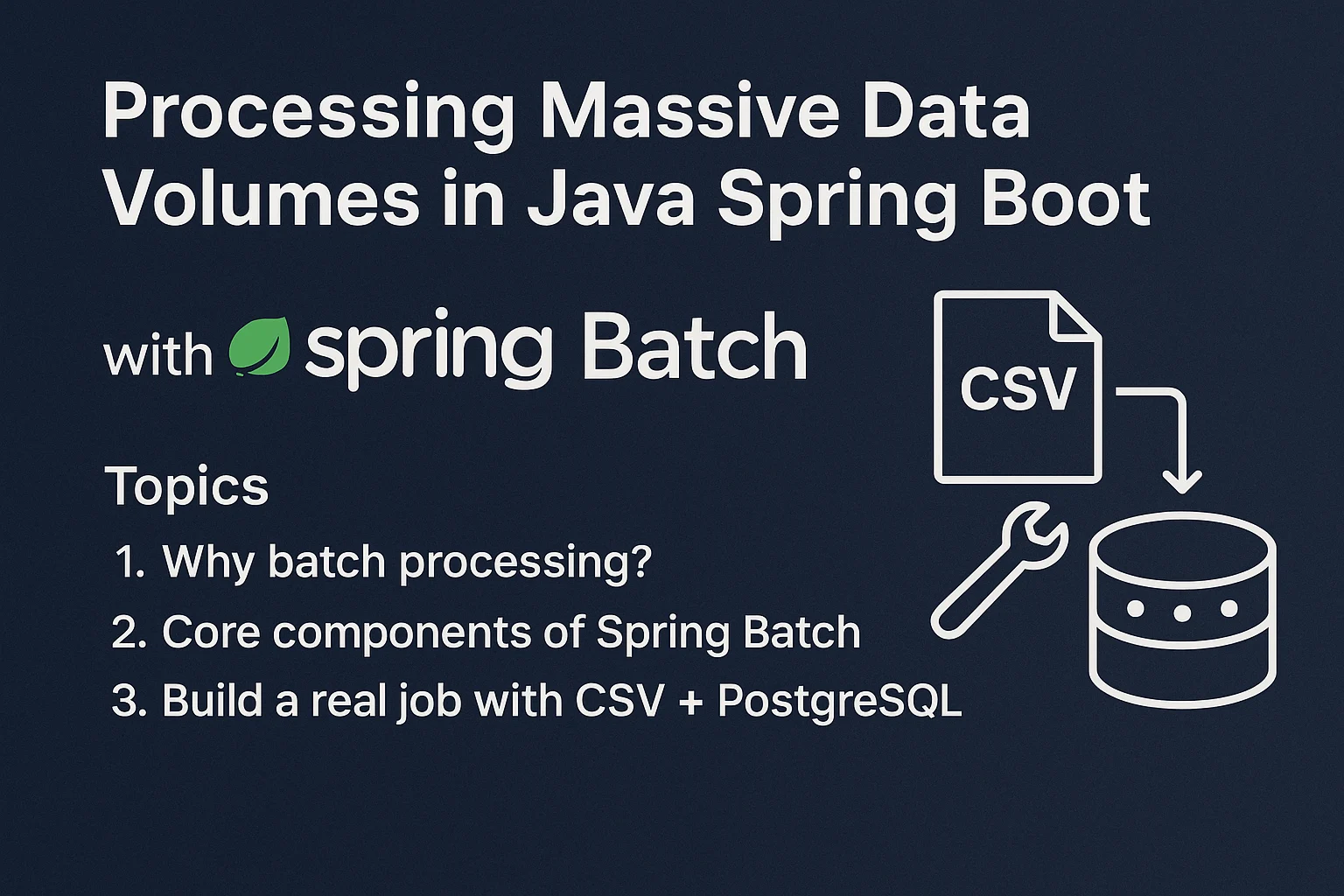A Lightning-Fast Framework That Stuck the Landing

A Decade of SolidJS
Bob strolled leisurely down the sunlit avenue, his trusty golden retriever, Max, trotting alongside. He paused to admire the changing leaves when his phone buzzed with a notification about a new framework update. SolidJS had garnered attention again. Over A Decade of SolidJS, this JavaScript library had reshaped how developers like Bob approached reactive programming due to its simplicity and performance. Yet, it also posed challenges, particularly in integrating with other modern stacks like Spring Boot.
Bob’s Epiphany on a Simple Walk
As Bob and Max continued their walk, Bob considered his latest project—one where seamless user experience would be crucial. He reminisced about a recent dinner conversation where his friend Emily, a fellow developer, lamented about the complexities of reactive frameworks. That’s when it clicked for Bob: leveraging the best of A Decade of SolidJS could revolutionize his project’s front-end interactivity, while Spring Boot handled the backend elegance.
Spring Boot Integration: A Technical Journey
Setting Up Your Spring Boot Server
To merge the brilliance of SolidJS with the robust capabilities of Spring Boot, Bob began with setting up his Spring Boot server, the backbone for data handling.
spring init --name=solidjs-spring-boot-app --dependencies=web,devtools solidjs-spring-boot-app
cd solidjs-spring-boot-app
./mvnw spring-boot:run
This initial setup gave Bob a foundation to build on, enabling REST endpoints for seamless communication with his future SolidJS client.
Creating RESTful APIs
Bob knew that creating RESTful APIs would be crucial. For the task, he created a simple controller.
@RestController
@RequestMapping("/api/data")
public class DataController {
@GetMapping
public ResponseEntity<List<String>> getData() {
List<String> dataList = Arrays.asList("SolidJS", "Spring Boot", "Integration");
return new ResponseEntity<>(dataList, HttpStatus.OK);
}
}
Through this structure, Bob ensured that his backend could provide data efficiently, feeding A Decade of SolidJS aligned interfaces.
Best Practices in Combining Technologies
Bob adored frameworks, but he was aware of their idiosyncrasies. When integrating SolidJS and Spring Boot, it was vital to remember the importance of managing state seamlessly—like effortlessly guiding Max around obstacles.
- Leverage SolidJS’s reactivity for UI state, while separating concerns through Spring Boot’s business logic layer.
- Utilize modern tools like WebSockets for real-time updates, analogous to a GPS keeping you on course.
- Consider modular design approaches to maintain scalability and manageability.
Through these steps, Bob was poised to avert unnecessary reloads and achieve a reactive, fluid interface.
Common Troubles and Their Solutions
Even the most seasoned developers face pitfalls. In his journey through A Decade of SolidJS fusion, Bob encountered build issues due to mismatched library versions. Similarly, handling asynchronous operations in SolidJS without side effects required keen insights.
Simple solutions included using version managers and SolidJS’s effects or resources to tackle async brilliantly. Bob learned to monitor logs, methodically trace issues, and solve them, much like untangling Max’s leash during their walks.
Conclusion: A Symbiotic Relationship
Integrating A Decade of SolidJS with modern stacks like Spring Boot transformed Bob’s approach to dynamic web applications. This symbiotic relationship offered innovative interface creation backed by robust backend service.
For developers inspired by Bob’s journey, the next steps are clear: delve into SolidJS, establish that Spring Boot server, and experiment. The promise lies in the potential for creating responsive, fast, and user-centric applications.
Frequently Asked Questions (FAQ)
How does SolidJS compare to other frameworks over a decade?
A Decade of SolidJS showcases its strengths in performance and reactivity when contrasted with alternatives, often excelling in simplicity and speed.
What are the benefits of integrating SolidJS with Spring Boot?
Combining SolidJS with Spring Boot allows developers to leverage a strong, reactive frontend alongside a powerful and flexible backend, offering an efficient development pipeline.
How can developers avoid common pitfalls when using SolidJS?
Regularly updating dependencies, understanding reactivity intricacies, and adopting resource management techniques help in overcoming common issues with SolidJS.
Find Us
#SolidJS #SpringBoot #ReactiveProgramming #WebDevelopment #JavaScript #BackendIntegration #FrontendPerformance #ModularDesign #WebSockets #RESTAPI #SoftwareDevelopment #TechnologyIntegration #DeveloperInsights #ProgrammingTutorials #CodeSnippets #ResponsiveDesign




